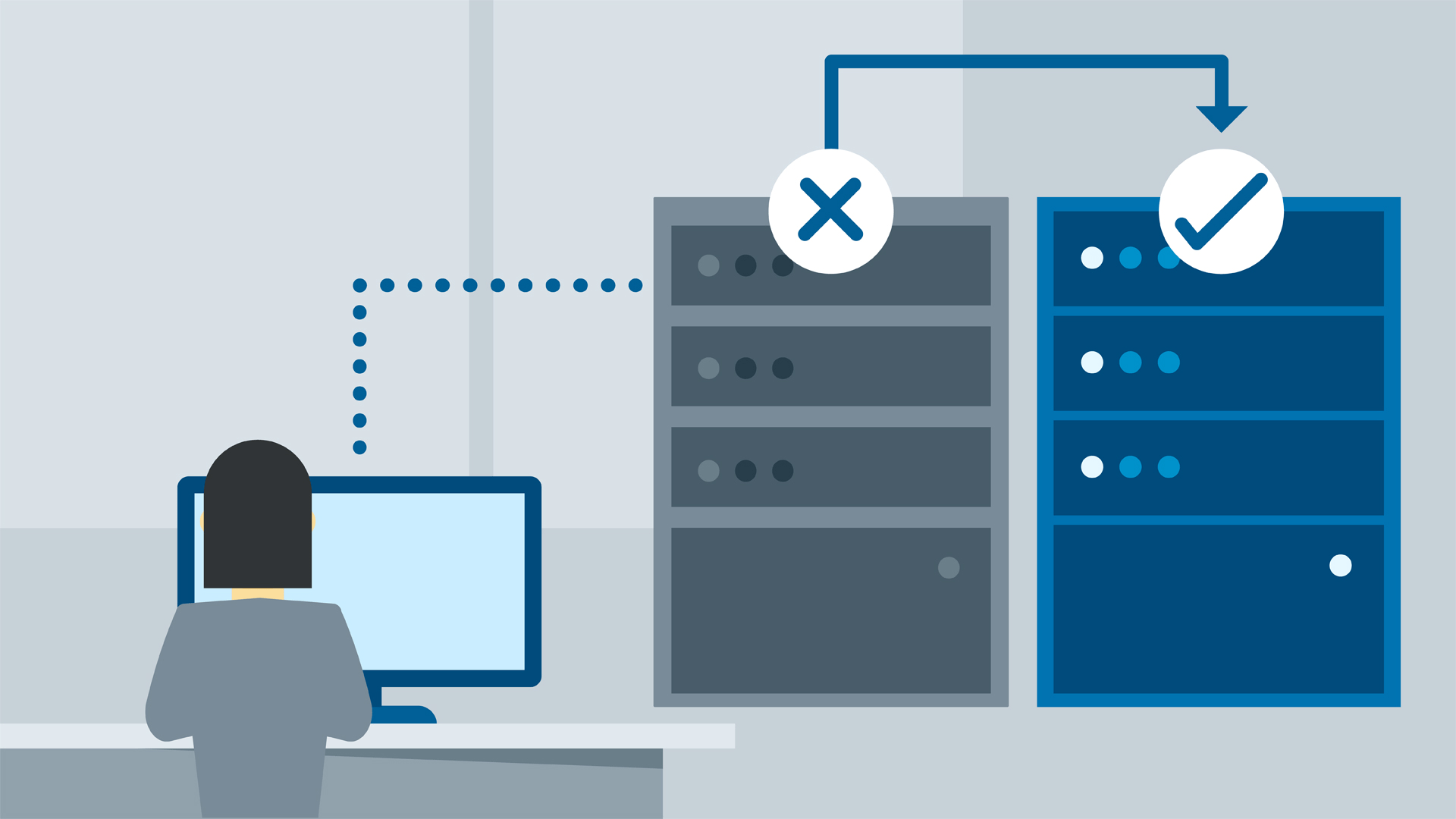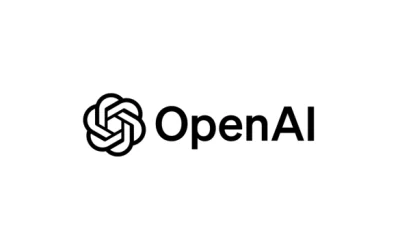
Microsoft Official Courses (MOC)
Course DP-201T01-A: Designing an Azure Data Solution
За Курса (About this Course):
-
-
In this course, the students will design various data platform technologies into solutions that are in line with business and technical requirements. This can include on-premises, cloud, and hybrid data scenarios which incorporate relational, NoSQL, or Data Warehouse data. They will also learn how to design process architectures using a range of technologies for both streaming and batch data. The students will also explore how to design data security, including data access, data policies, and standards. They will also design Azure data solutions, which includes the optimization, availability, and disaster recovery of big data, batch processing, and streaming data solutions.
-
Цели – Какво ще научите (Course Goals/Skills):
- Describe data warehouse concepts and architecture considerations.
- Select an appropriate hardware platform for a data warehouse.
- Design and implement a data warehouse.
- Implement Data Flow in an SSIS Package.
- Implement Control Flow in an SSIS Package.
- Debug and Troubleshoot SSIS packages.
- Implement an ETL solution that supports incremental data extraction.
- Implement an ETL solution that supports incremental data loading.
- Implement data cleansing by using Microsoft Data Quality Services.
- Implement Master Data Services to enforce data integrity.
- Extend SSIS with custom scripts and components.
- Deploy and Configure SSIS packages.
- Describe how BI solutions can consume data from the data warehouse.
Курсът е предназначен за (Audience):
- The audience for this course is Data Professionals, Data Architects, and Business Intelligence Professionals who want to learn about the data platform technologies that exist on Microsoft Azure. The secondary audience for this course is individuals who develop applications that deliver content from the data platform technologies that exist on Microsoft Azure.
Формат на курса


Език на курса (Course Language Option)


Може да изберете Език на който да се проведе обучението – български или английски. Всичките ни инструктори владеят свободно английски език.
Учебни Метериали: в електронен формат (Учебните материали са на английски), включени в цената с неограничен достъп.
Лабораторна среда: всеки курсист разполага със собствена лаб среда, където се провеждат упражненията, част от курса.


Продължителност
- 2 работни дни (09:00 – 17:00)
или
- 16 уч.ч. обучение (теория и практика) в извънработно време с продължителност 2 седмици
- събота и неделя 10:00 – 14:00, 14:00 – 18:00, 18:00 – 22:00
- понеделник и сряда 19:00 – 23:00
- вторник и четвъртък 19:00 – 23:00
Плащане
Заявка за издаване на фактура се приема към момента на записването на съответния курс.
Фактура се издава в рамките на 7 дни от потвърждаване на плащането.
Предстоящи Курсове
За повече информация използвайте формата за контакт.
Ще се свържем с Вас за потвърждаване на датите.
Предпоставки (Изисквания) за Участие (Prerequisites):
In addition to their professional experience, students who take this training should have technical knowledge equivalent to the following courses:
Курсът подготвя за следните сертификационни нива
-
Exam DP-201: Designing an Azure Data Solution
- Може да се сертифицирате в нашия тест център с ваучер с отстъпка от цената на изпит.





